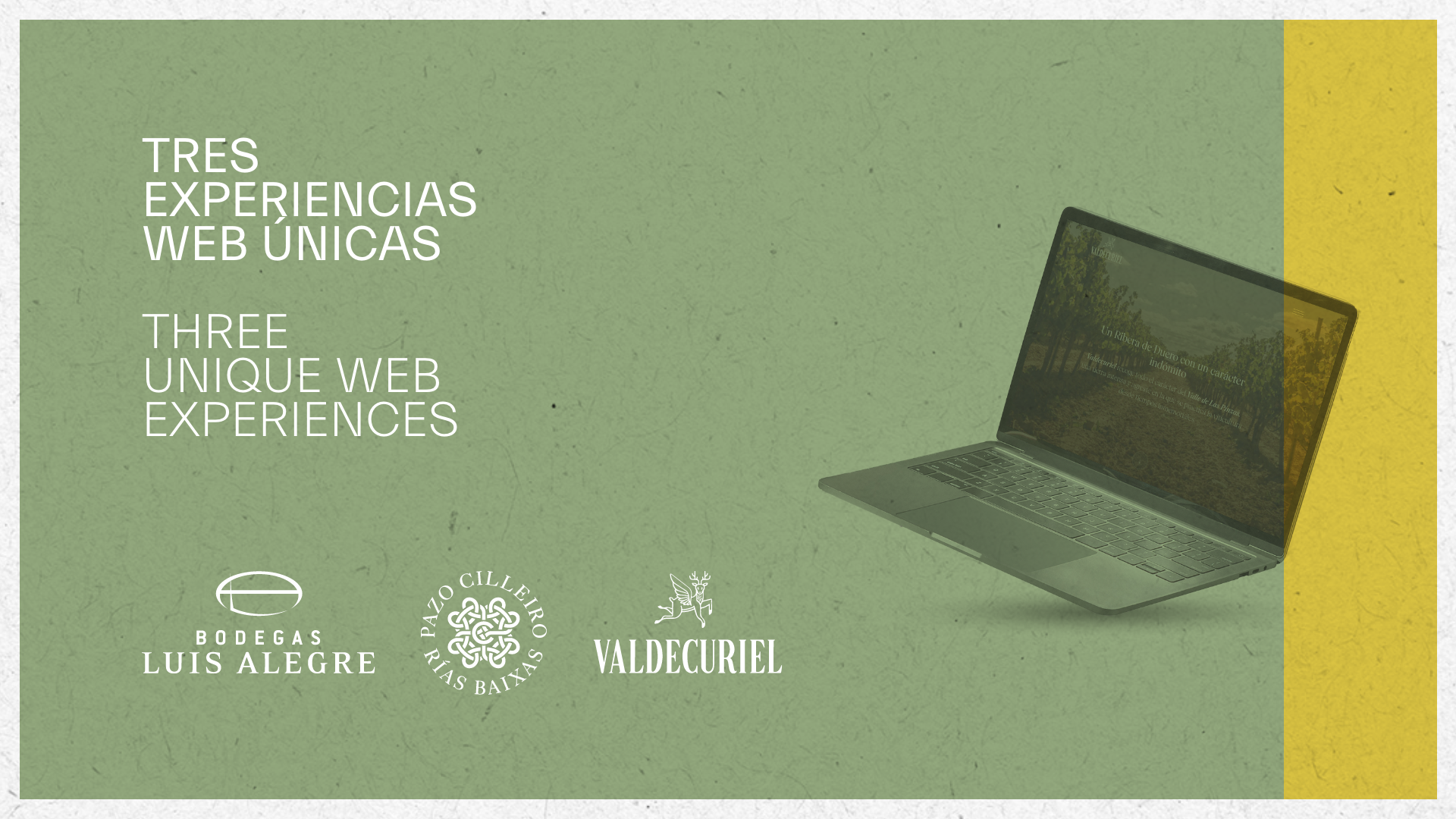The Gothic face of Rioja Alavesa

A look at the Middle Age style in churches, walls and medieval houses
Do you like Gothic art? In this entry we look at the architectural manifestations of Europe's most prevalent and deeply-rooted medieval style. In our area, the façades of the churches in Leza, Navaridas and Oyón are a testimony of the decorative balance and quality of the Gothic style, which is particularly outstanding in Laguardia, the historical capital of Rioja Alavesa.
 Laguardia: San Juan church and part of the town's medieval wall
Laguardia: San Juan church and part of the town's medieval wall
From a distance or standing next to its medieval gates, Laguardia stands out for the impressive preservation of its heritage. The village is surrounded by a wall built in the days of the Kingdom of Navarre and finished at the beginning of the 13th century, a good example of the defensive architecture of the initial stages of the Gothic period.
The network of streets, dotted with emblazoned houses, leads to the pinnacle of the Gothic style in Rioja Alavesa: the church of Santa María de los Reyes. Its portico, built and sculpted in the 14th century, is one of the jewels of religious art in the Basque Country and stands out for its unique blend of Spanish and French Gothic influences. The magnificent sculptural ensemble preserves the original polychromy emphasising its unique character and justifying a trip to Laguardia.
 Portico of Santa María de los Reyes, in Laguardia
Portico of Santa María de los Reyes, in Laguardia
Is there a Gothic style in Elciego?
As we know, contemporary architecture lords over Elciego. However, the titanium reflections cannot hide the traces of our village?s ancient splendour. From the 16th century onwards, there was a long period of social and economic stability, resulting in the growth of the wine business and, consequently, the construction of significant civic and religious buildings in our village. Some of them have survived until this day, and among them we can see traces of a late Gothic style, combined with Renaissance and Baroque elements.
The parish church of San Andrés is a prime example of this. It was started sometime before 1545 and its first builder was Juan de Asteasu, a stonemason from Vizcaya, who erected the base of the towers, the columns and part of the first vaults in just a few years.
Seen from the east, that is, from Bodega Muriel, the ashlar stone building stands as an imposing structure. At the opposite end, the two distinctive Gothic towers stand out, joined at the façade of the church by an elegant Renaissance-inspired loggia. The combination of styles not only bears witness to the stylistic shift of the 16th century, but it is also a fine example of inspiration and grace.
 Façade of San Andrés church, in Elciego
Façade of San Andrés church, in ElciegoYou may also be interested in:



